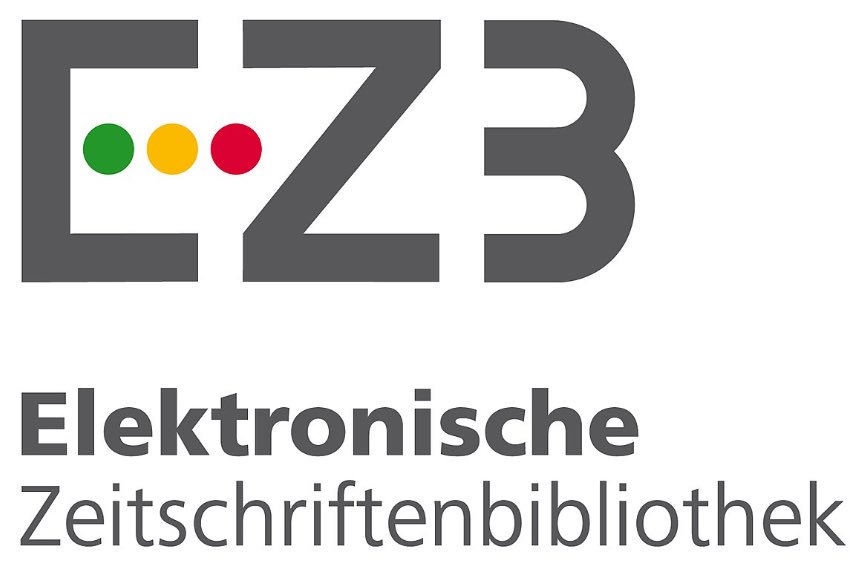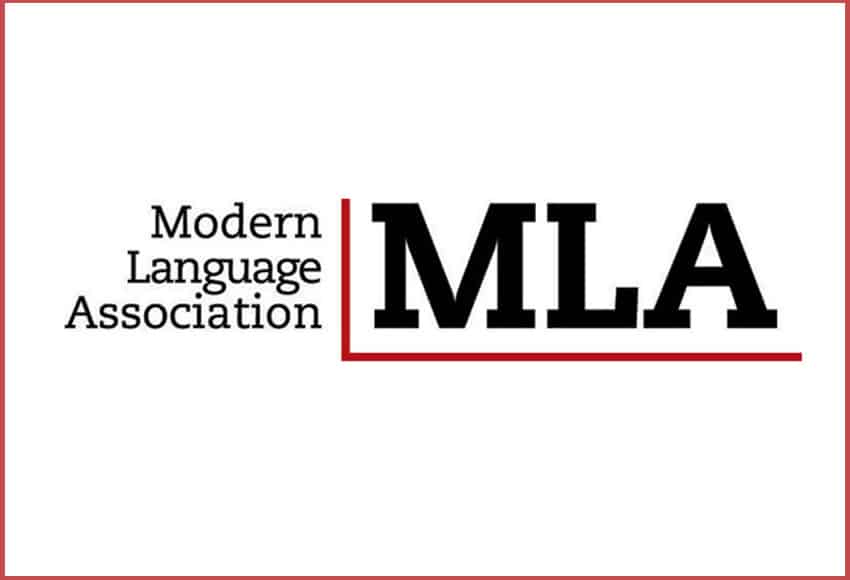Autores/as
Resumen
En este artículo examino el argumento esgrimido por parte de Fodor para neutralizar el problema de la indeterminación referencial de Quine, mostrando que existen problemas substanciales con sus premisas y la conclusión que este pretende adelantar. Mostraré, eventualmente, que los fallos en el argumento de Fodor indican que existe una sistemática indeterminación en su teoría semántica. Finalmente, analizaré las causas de esta indeterminación referencial en términos de un compromiso conceptual con un criterio extensional de identidad para estados perceptuales que su semántica informacional supone.
Citas
Dretske, Fred. Knowledge and the Flow of Information. Cambridge, Mass.: MIT Press, 1981. Print.
Fodor, Jerry. The Language of Thought. Cambridge, Mass.: Harvard University Press, 1975. Print. ---. Psychosemantics: The Problem of Meaningin the Philosophy of Mind. Cambridge, Mass.: MIT/Bradford, 1987. Print.---. A Theory of Content and Other Essays. Cambridge, Mass.: MIT Press, 1990. Print.---. The Elm and the Expert: Mentalese and its Semantics. Cambridge, Mass: MIT Press, 1994. Print.
Fodor, Jerry and Pylyshyn, Zenon. How Direct is Visual Perception? Some Reflections on Gibson's Ecological Approach. Cognition. Apr. 9 (2), 1981: 139-96. Print.---. Minds Without Meanings: an Essay on the Content of Concepts. Cambridge, Mass.: MIT Press, 2014. Print.
Gibson, Roger. The Philosophy of W. V. Quine. Tampa: University of South Florida Press, 1982. Print.
Quine, Willard Van Orman. Word and Object. New Edition. Cambridge, Mass.: MIT Press, 1960. Print.---. Ontological Relativity and Other Essays. New York: Columbia University Press, 1969. Print.
Shani, Itay. Intension and Representation: Quine’s Indeterminacy Thesis Revisited. Philosophical Psychology. Jan.18 (4). 2005: 415-440. Print.---. The Whole Rabbit: On the Perceptual Roots of Quine's Indeterminacy Puzzle. Philosophical Psychology. Dec. 22 (6). 2009: 739 – 763. Print.

 PDF
PDF
 FLIP
FLIP

























